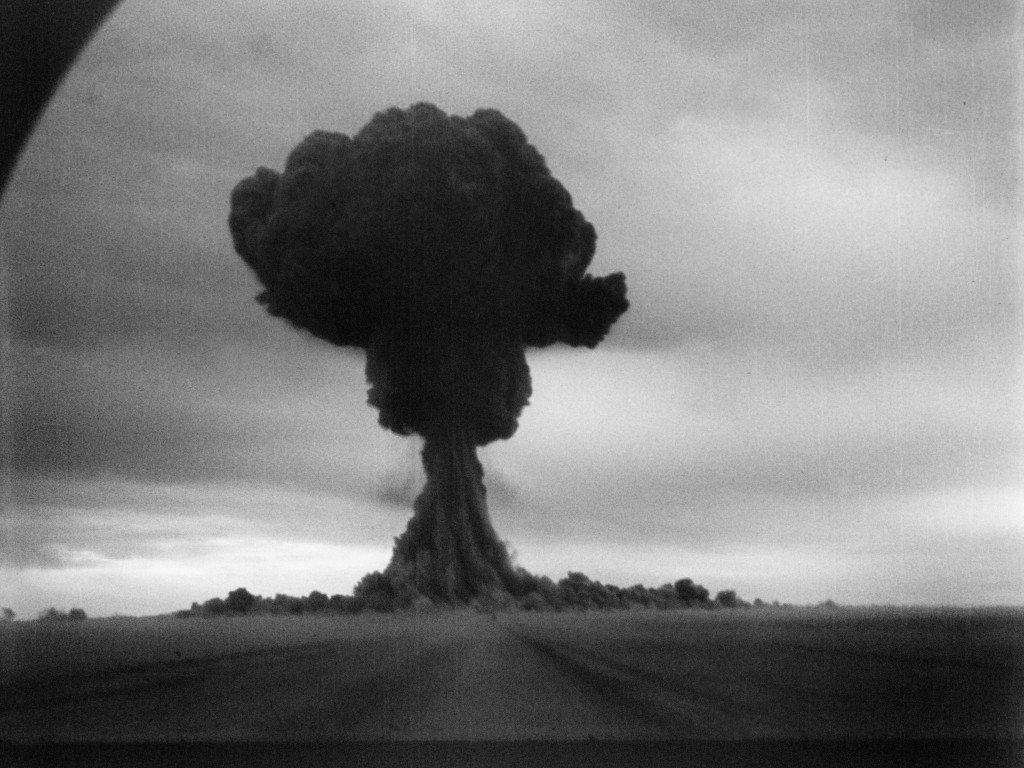Joe-1, 29 August 1949. Photo from Peter Kuran’s film "Trinity and Beyond: The Atomic Bomb Movie," as displayed on nuclearweaponsarchive.org, and used with permission of Peter Kuran.
Newly Declassified Documents Trace Beginnings of Superpower Nuclear Arms Race
Soviet Atomic Project Posed Major Challenge to U.S. Intelligence
Records Expand Knowledge of the Role of German Scientists in Advancing the Soviet Nuclear Program































